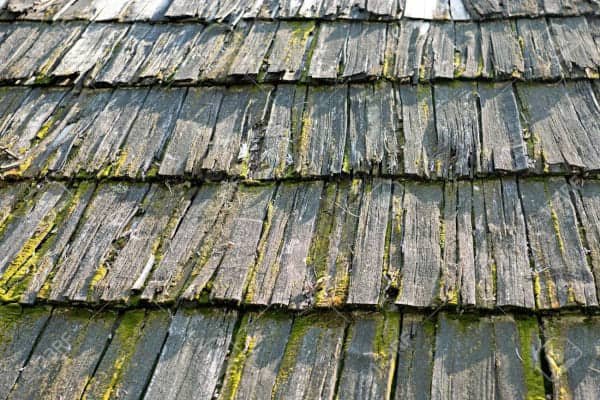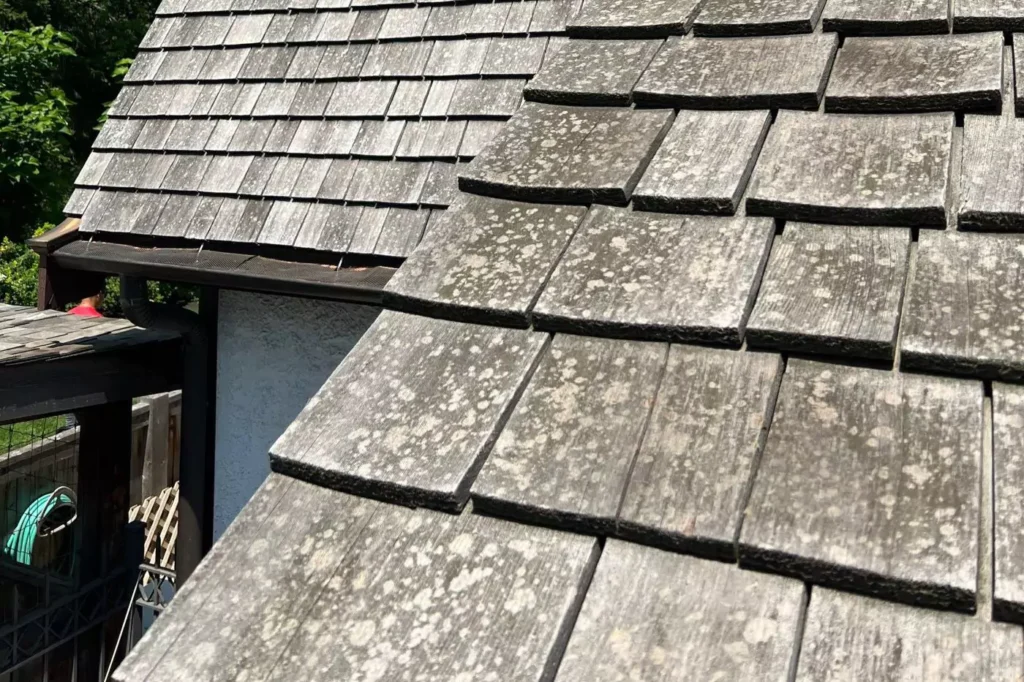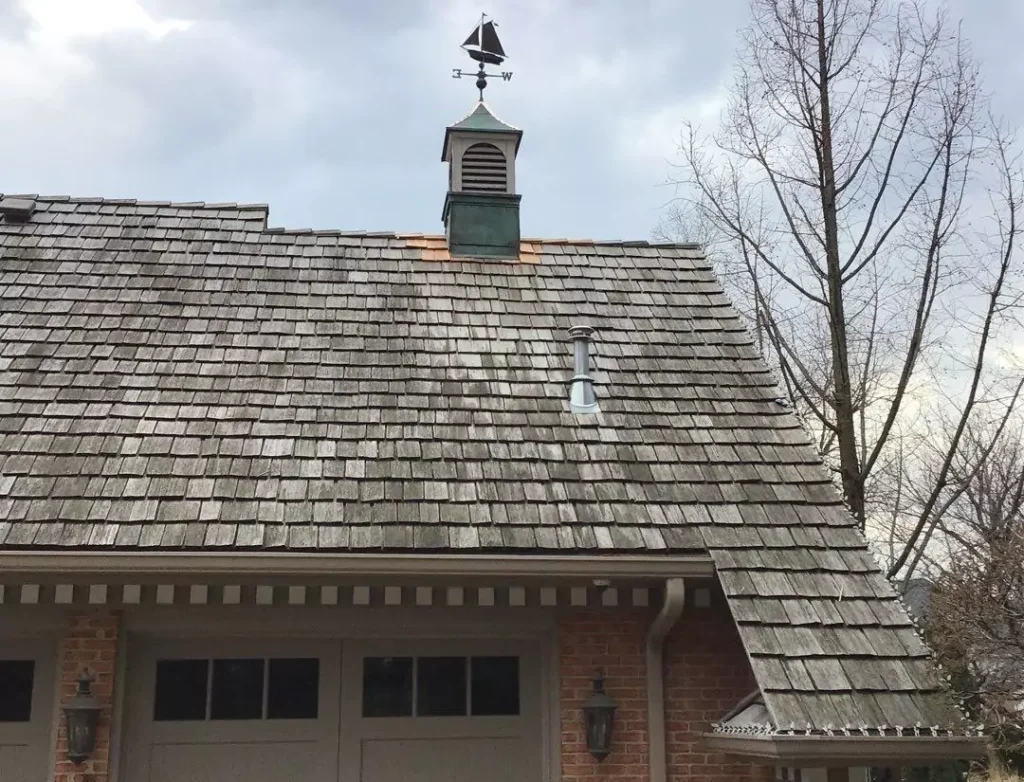There comes a day in the life of every homeowner who owns a cedar roof that no one looks forward to. It is, of course, the moment when you have to decide on roof replacement, which is an expensive service. Thanks to today’s article, you will find out when it is necessary to replace a cedar roof on your home and what are the most common symptoms of aging cedar shakes.
Table of Contents
Substantial Damages Caused by Water

Water causes problems practically always and it is impossible to avoid it – rain and snow fall whether we like it or not. Mold is by far the biggest problem, of course, but other species of fungi or moss cannot be ignored either. While minor outbreaks nestled on the surface of cedar shakes are very easy to remove and we can take care of them during routine cedar roof maintenance Chicago North Shore, more developed infestations can be a bigger threat.
Mildew and rot do not affect the roof structure too quickly – problems build up gradually. Remember, however, that the presence of pests and fungi in the wood structure weakens its durability, significantly increasing the risk of hail damage. Infections also affect aesthetics. A rotting cedar roof definitely does not look good.
Water can also cause another type of damage. After several seasons of constant soaking and drying out, you may notice that the cedar shakes on your roof will begin to warp, creating leaks and spoiling the aesthetic appearance typical of a new roof. If unevenness and warping appear, replacing individual shakes may not be an option – there is a high risk that entire roof slopes and even other components such as sheathing or underlayment will need to be replaced.
Physical Damage to Roof and Shakes

A fairly common reason why our customers opt for cedar roof replacement is damage caused by hailstorms, heavy winds or falling branches. For obvious reasons, after such events, a detailed inspection of the roof should be carried out, which will check not only the condition of the shakes, but also the structural elements. In many cases, the damage is not extensive and covers only part of the slope, but it often arises at such a point that the homeowner already decides on a comprehensive replacement.
The situation is somewhat different when a cedar roof becomes the victim of a hailstorm. Balls of ice fall all over the house, causing extensive damage. We regularly see cases in which up to 80% of the shakes qualify for replacement. In such situations, repairs make absolutely no sense – we simply replace the entire roof.
Structural Problems
Sometimes it happens that mistakes made during the construction of the roof reveal themselves only years later. Inadequate thermal insulation, ill-sized expansion joints and installation errors can cause moisture to accumulate under the shakes and make them too hot. In the long run, this can of course lead to mold, especially on the inside of the shakes. Because of the troublesome location, diagnosing the problem is often done too late, when it is no longer possible to remove the mold quickly.
In extreme cases, rafters and purlins can also be damaged. In such cases, a very expensive roofer intervention is required, which involves a major rebuilding of the entire house structure. In such cases, cedar shakes, which in most cases cannot be reinstalled, are also replaced.
Significant Loss of Color

As it ages, cedar roof loses its vibrant color and fades. This is a completely natural process, which can be very aesthetically pleasing to the eye, but many people like the new, intensely brown wood better. If the maintenance of cedar shakes has not been carried out regularly, restoring the deep shade will not be possible, and in such situations, the only solution is to replace the roof.
With the passage of time, there are also differences in the shades of different areas of the roof – those more exposed to the sun will be more damaged than those shaded. In addition, areas where leaves and other organic debris fall will tend to rot more quickly. Of course, it is possible to replace only parts of the cedar shakes, but the visual effect is usually unsatisfactory, so our customers usually opt for a complete replacement of the entire roof.
After What Time Will I Have to Replace My Cedar Roof?

The lifespan of cedar roofs is estimated at 20 to 50 years. It is derived from many factors, such as the species of cedar wood used, the location of the house, regularity of maintenance and even the moisture content of the shakes installed. In most cases, cedar roof replacement will be necessary after 30-40 years, but it’s a good idea to have cedar shakes inspected regularly after just 15 years.
A good way to increase the life of a cedar roof is to clean it regularly. Moss on the shakes makes for more soggy areas, which are naturally prone to mold. Roof cleaning is not expensive, and our specialists are happy to take on the task within days of contacting A.B. Edward, so it’s not worth waiting. While there are many tips for increasing cedar roof’s longevity, you definitely should take care of your home today and save yourself from having to make expensive repairs!

